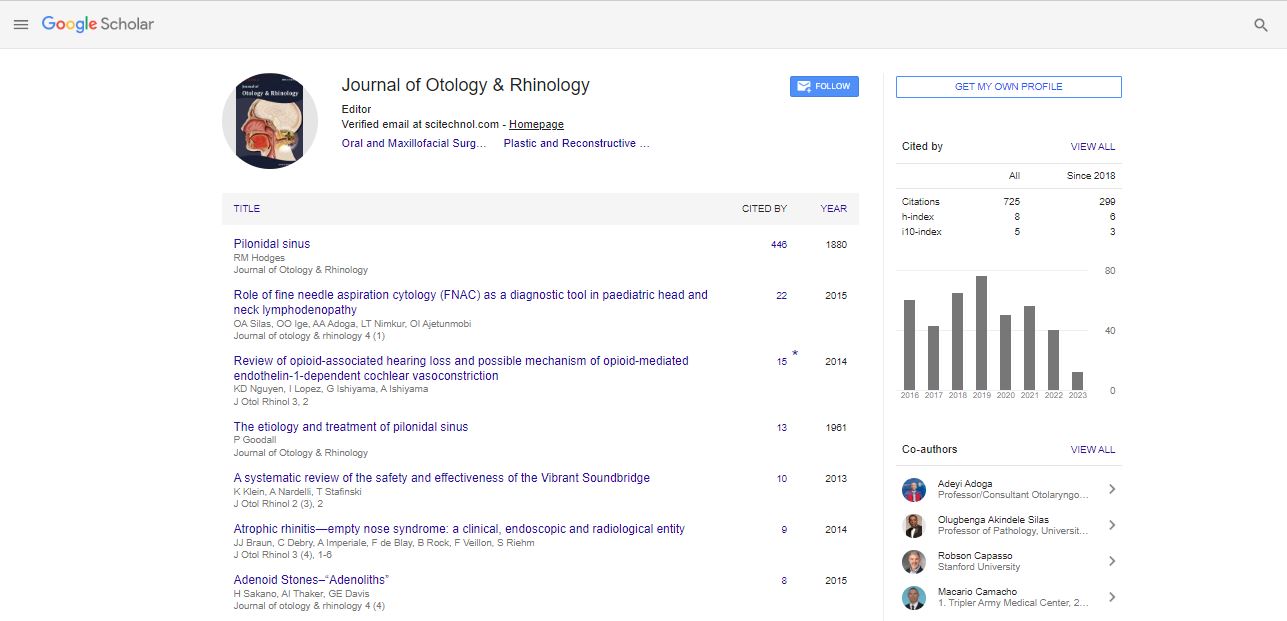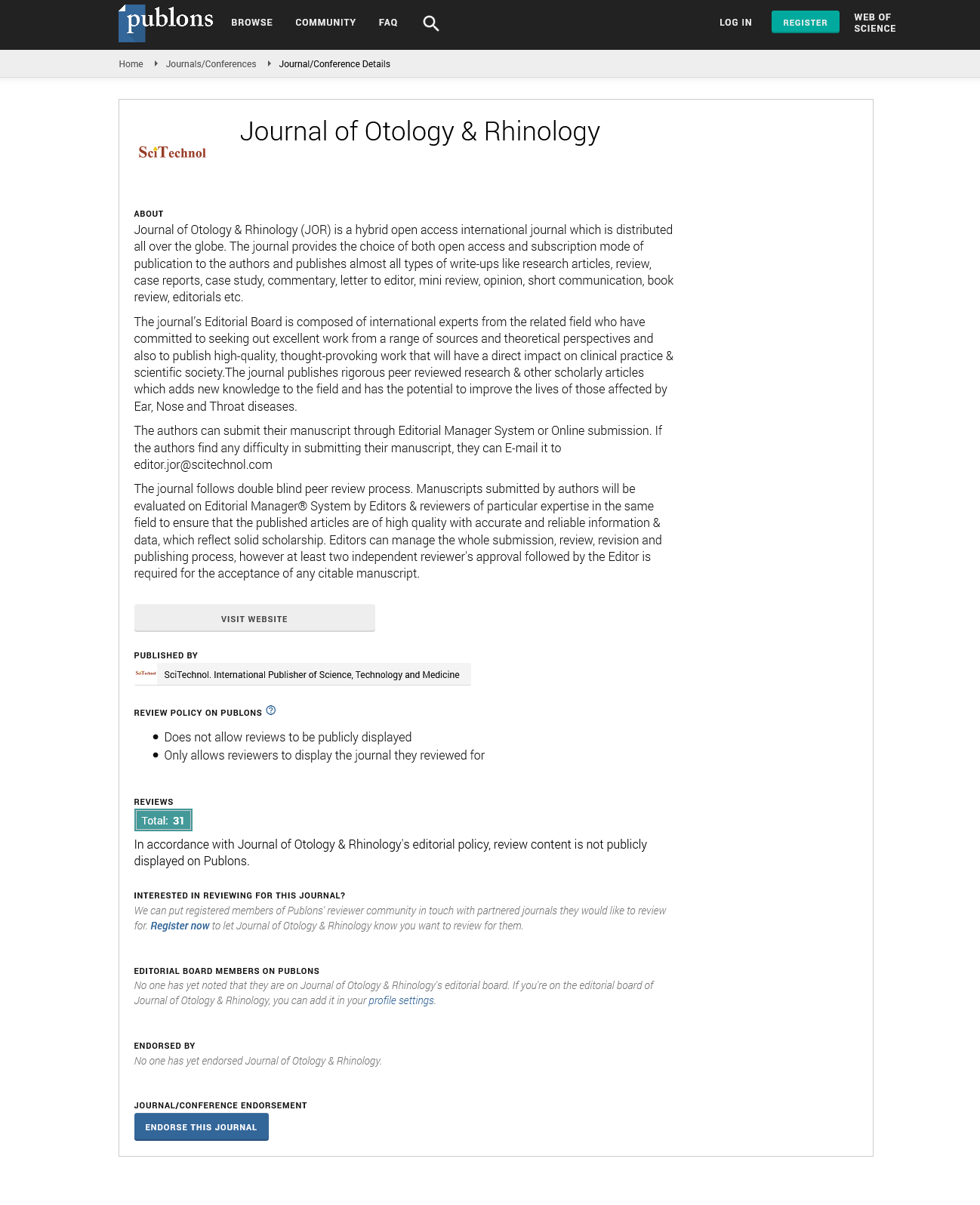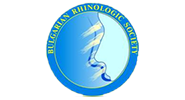Research Article, J Otol Rhinol Vol: 4 Issue: 1
Role of Fine Needle Aspiration Cytology (FNAC) as a Diagnostic Tool in Paediatric Head and Neck Lymphodenopathy
| OA Silas1, OO Ige2, AA Adoga3, LT Nimkur3 and OI Ajetunmobi1* | |
| 1Pathology department Jos University Teaching Hospital, Jos, Nigeria | |
| 2Pediatrics departments Jos University Teaching Hospital, Jos, Nigeria | |
| 3Ear, Nose and Throat department Jos Teaching Hospital, Jos, Nigeria | |
| *Corresponding author : OI Ajetunmobi Pathology Department, Jos Teaching Hospital, Jos, Nigeria Tel: +2348035775213 E-mail: lanreolorire@gmail.com |
|
| Received: March 19, 2014 Accepted: November 14, 2014 Published: January 27, 2015 | |
| Citation: Silas OA, Ige OO, Adoga AA, Nimkur LT, Ajetunmobi OI (2015) Role of Fine Needle Aspiration Cytology (FNAC) as a Diagnostic Tool in Paediatric Head and Neck Lymphodenopathy. J Otol Rhinol 4:1. doi:10.4172/2324-8785.1000211 |
Abstract
Role of Fine Needle Aspiration Cytology (FNAC) as a Diagnostic Tool in Paediatric Head and Neck Lymphodenopathy
A neck mass that is present for longer than a week might be pathological requiring rapid and thorough evaluation.
This study aims to evaluate the positive role Fine needle aspiration cytology plays in the diagnosis of pediatric patients with lymphadenopathy in the head and neck region.
Fine needle aspiration of lymph nodes was carried out, fixed and stained by cytopathologists for 56 patients at the Jos University Teaching Hospital, 43 (76.8%) were inflammatory and 13 (23.2%) malignant. Reactive hyperplasia (72.1%), acute suppurative (18.6%) and tuberculosis (9.3%) constituted the inflammatory lesions. Non Hodgkins lymphoma was the commonest malignant lesion (76.9%) followed by Hodgkins lymphoma (15.4%), the least being Rhabdomyosarcoma (7.7%). Age range 10-14 years had the highest number of cases (46.4%). Males were 36 (64.3%) while females were 20 (35.7%).
All malignant cases diagnosed by FNAC had to undergo confirmation/ characterization by histology and had 100% concordance. Thus there were no false positives and specificity was 100%, sensitivity 100%. Of the 43 diagnosed as inflammatory by FNAC, 12 cases which did not resolve after treatment or where patients condition worsened had to undergo surgical biopsy. Out of these only 1 (8.3%) case of fungal infection was misdiagnosed by FNAC. The lymph nodes were generalized 4 (7.1%) and localized in 52 (92.9%). Maximum number of cases 53 (94.6%) had Cervical Lymphadenopathy followed by axillary 2 (3.6%) and inguinal 1 (1.8%). Out of the cervical group of nodes, the upper anterior and upper posterior deep cervical nodes were involved in majority of cases (95%).
 Spanish
Spanish  Chinese
Chinese  Russian
Russian  German
German  French
French  Japanese
Japanese  Portuguese
Portuguese  Hindi
Hindi 


